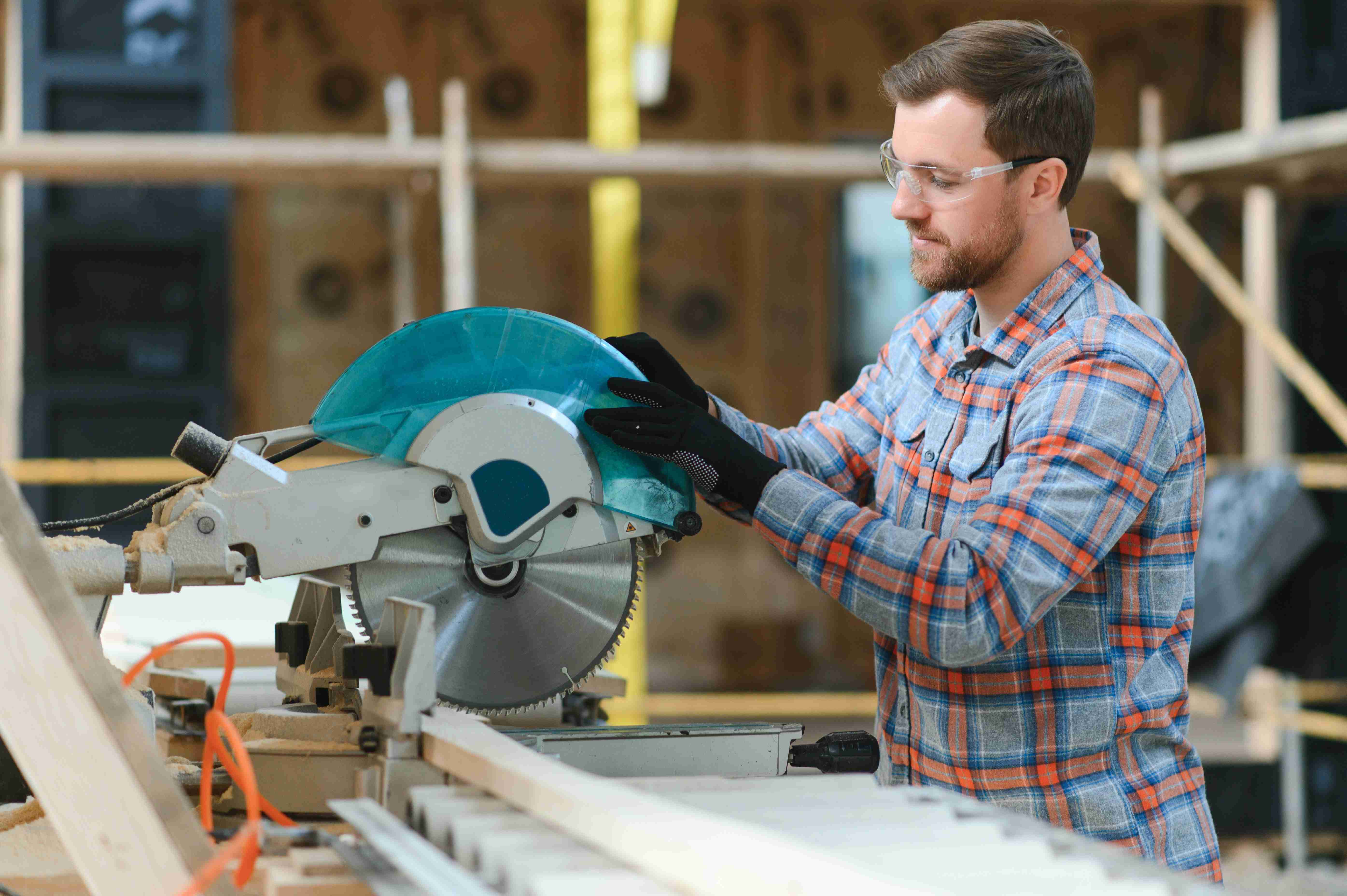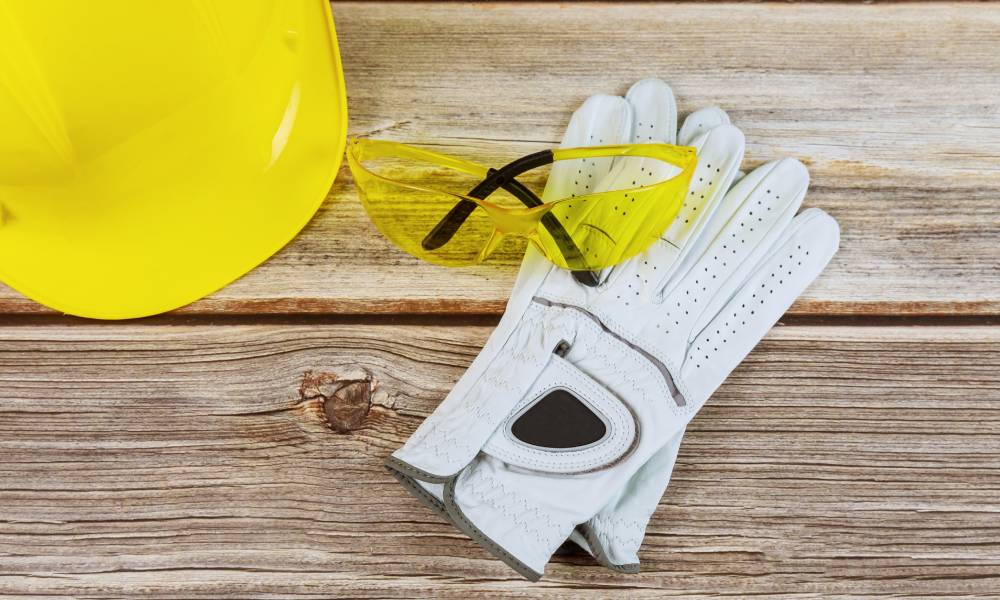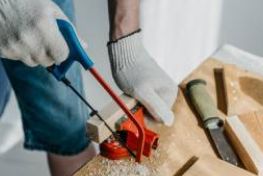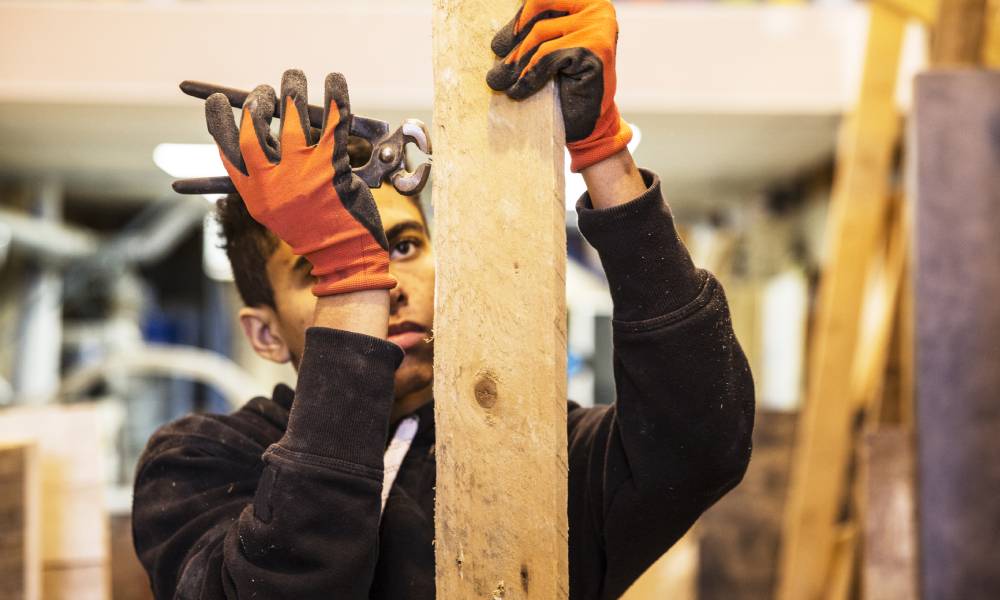
Cut Resistant Gloves for Working Safety: Why Are They Necessary?
In industries where sharp objects and blades are part of the daily landscape, the importance of cut-resistant gloves cannot be overstated. These gloves serve as a crucial line of defence, shielding workers' hands from potential injuries and ensuring their safety in hazardous environments. However, understanding why cut-resistant gloves are necessary goes beyond mere protection—it speaks to the broader commitment to prioritizing workplace safety and ensuring the well-being of employees. In this blog post, we delve into the significance of cut-resistant gloves and why they are indispensable in maintaining a safe working environment.
Sharp Hazards in the Workplace
In many workplaces, sharp hazards lurk around every corner, presenting constant risks to worker safety. From machinery with sharp edges to tools like knives and blades, these hazards can cause serious injuries if not properly managed. Whether in manufacturing, construction, or food processing, workers encounter sharp objects daily, heightening the importance of protective measures. Understanding the prevalence and potential dangers of sharp hazards underscores the necessity of equipping workers with cut-resistant gloves to mitigate risks and ensure their safety.
The Vital Role of Cut-Resistant Gloves
Cut-resistant gloves play a vital role in safeguarding workers' hands from sharp hazards in the workplace. By providing a protective barrier against cuts, slashes, and punctures, these gloves prevent injuries and reduce the risk of accidents. Their durable construction and specialized materials offer a reliable defence without compromising dexterity or tactile sensitivity, allowing workers to perform tasks safely and efficiently. The indispensable role of cut-resistant gloves in maintaining hand safety underscores their importance as essential protective gear in various industries.
The Importance of Hand Safety
Hand safety is paramount in any work environment, as hands are highly susceptible to injuries from sharp objects, machinery, and other hazards. These injuries can have serious consequences, including loss of productivity, disability, and long-term health issues. Prioritizing hand safety through measures like wearing cut-resistant gloves not only protects workers from immediate harm but also fosters a culture of safety awareness. By recognizing the importance of hand safety, employers demonstrate their commitment to ensuring the well-being of their workforce and promoting a safe working environment.
Meeting Industry Standards
Meeting industry standards is essential when it comes to selecting cut-resistant gloves. These standards ensure that gloves undergo rigorous testing and meet specific criteria for performance and quality. By adhering to industry standards, employers can trust that the gloves provide reliable protection against cut hazards in accordance with recognized guidelines. Compliance with these standards not only enhances workplace safety but also ensures regulatory compliance, demonstrating a commitment to upholding the highest standards of safety and quality in the industry.
Long-Term Benefits of Cut-Resistant Gloves
Investing in cut-resistant gloves yields long-term benefits for both employers and workers. By preventing hand injuries, these gloves reduce the risk of downtime, medical expenses, and worker compensation claims, leading to cost savings for businesses. Additionally, they promote employee morale and productivity by fostering a safe working environment. Furthermore, protecting workers' hands from injuries enhances retention rates and reputation, positioning companies as safety-conscious employers. Ultimately, the long-term benefits of cut-resistant gloves extend beyond immediate cost savings, ensuring sustained workplace safety and success.
Beybi Plastik, since its establishment in 1949; operates in the field of personal protective work safety gloves, examination gloves production and sales, sterile surgical gloves and medical consumables sales and marketing.



